attic exhaust fan recommendation?
bytehoven
17 years ago
Related Stories

KITCHEN DESIGNHow to Choose the Right Hood Fan for Your Kitchen
Keep your kitchen clean and your home's air fresh by understanding all the options for ventilating via a hood fan
Full Story
KITCHEN APPLIANCESLove to Cook? You Need a Fan. Find the Right Kind for You
Don't send budget dollars up in smoke when you need new kitchen ventilation. Here are 9 top types to consider
Full Story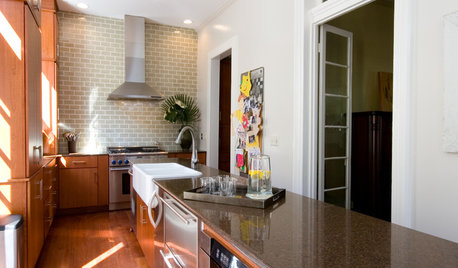
CEILINGSCeiling Fans: Some Spinning Sensations
How to Match Your Fan With Your Space and Keep Cool in Style
Full Story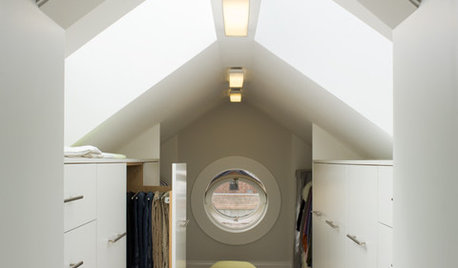
CLOSETS9 Tips to Turn an Attic Into a Boutique Closet
For everyday dressing luxury or off-season clothing storage, explore your attic's potential
Full Story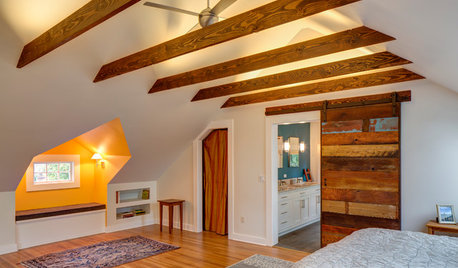
REMODELING GUIDESRoom of the Day: Storage Attic Now an Uplifting Master Suite
Tired of sharing a bathroom with their 2 teenage kids, this couple moves on up to a former attic space
Full Story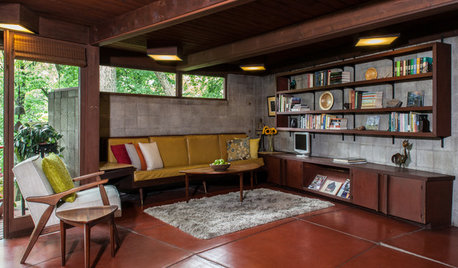
HOUZZ TOURSMy Houzz: Curve Appeal Among the Trees
A fan-shaped midcentury home in Pittsburgh is so admired, it’s now a home-tour stop
Full Story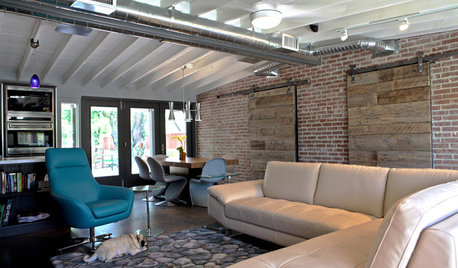
ARCHITECTUREHVAC Exposed! 20 Ideas for Daring Ductwork
Raise the roof with revealed ducts that let it all hang out — and open a world of new design possibilities
Full Story
LIFEDecluttering — How to Get the Help You Need
Don't worry if you can't shed stuff and organize alone; help is at your disposal
Full Story
KITCHEN APPLIANCESThe Many Ways to Get Creative With Kitchen Hoods
Distinctive hood designs — in reclaimed barn wood, zinc, copper and more — are transforming the look of kitchens
Full Story
LIFE6 Ways to Cool Off Without Air Conditioning
These methods can reduce temperatures in the home and save on energy bills
Full StoryMore Discussions








dallasbill
mschwall
Related Professionals
Worcester Electricians · Wellesley Electricians · Arlington General Contractors · Manalapan General Contractors · New River General Contractors · Seal Beach General Contractors · Westerly General Contractors · Security-Widefield General Contractors · Vienna Handyman · Channahon Handyman · Emeryville Solar Energy Systems · Syosset Solar Energy Systems · Phoenix Home Automation & Home Media · Woodlawn Home Automation & Home Media · Silver Spring Home Automation & Home Mediardtompki
bytehovenOriginal Author
bytehovenOriginal Author
dallasbill
bob_brown
dallasbill
lourock
dallasbill
bytehovenOriginal Author
Kevin Garabedian
kurto
DavidR
lourock
Kevin Garabedian
elementalpub_hotmail_com
scsr52000
DavidR
scsr52000
boogiesan
LeeIII
arib--4672_wowway_com
skyjumper
nothere
ionized_gw